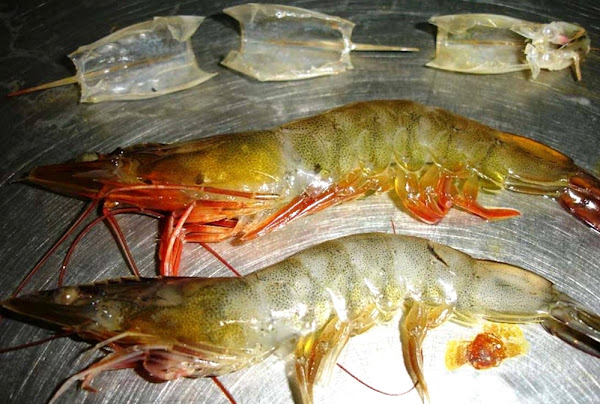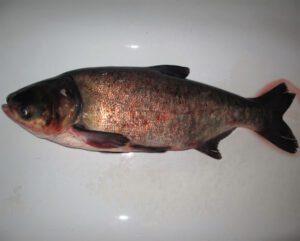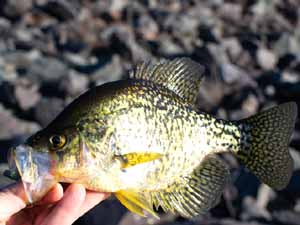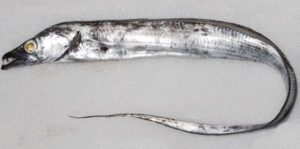The Whiteleg shrimp is a variety of prawn of the eastern Pacific Ocean. It is also known as King prawn and Pacific white shrimp, and it is commonly caught or farmed for food.
It is actually native to the eastern Pacific Ocean, from the Mexican state of Sonora as far south as northern Peru. It is found and restricted to areas where the water temperature remains above 20 °C throughout the year.
Today, the main producer countries of the Whiteleg shrimp are Bahamas, Dominican Republic, Cuba, Jamaica, Saint Kitts, Suriname, Cambodia, Philippines, India, El Salvador, Panama, Costa Rica, Colombia, Peru, Pacific Islands, Malaysia, Vietnam, Belize, Nicaragua, Guatemala, Honduras, Mexico, Venezuela, Ecuador, Indonesia, Brazil, China, Thailand and the United States. Read some more information about the Whiteleg shrimp below.
Whiteleg Shrimp Characteristics
The Whiteleg shrimp are laterally compressed, elongate decapods, with a well-developed abdomen adapted for swimming.
They are generally translucent-white in coloration, and the body can display a bluish hue that is due to a predominance of blue chromatophores which are concentrated near the margins of the telson and uropods.
Color variations are also shown in cases of nutritional deficiencies. Their legs are usually of white color. The rostrum is moderately long, with 7 to 10 teeth on the dorsal side and 2-4 teeth on the ventral side. Their compound eyes are stalked and laterally mobile.
The thorax has 3 pairs of maxillipeds and 5 pairs of legs, the first 3 being chelate and used for feeding and the last two simple and used for walking.
Their abdomen consists of 6 somites, the first 5 with paired pleopods. The mouth of the Whiteleg shrimp is situated ventrally and the cephalic appendages surrounding it, and the first and second maxillipeds and sometimes the third as well may be referred to collectively as the ‘mouth parts’. The anus is on the ventral surface of the telson, towards it’s base.

The Whiteleg shrimp can grow to a maximum length of 9.1 inches, with a carapace length of 3.5 inches. Average live body weight of the mature shrimp is between 30 and 35 grams. Photo and info from FAO and Wikipedia.
Feeding
The Whiteleg shrimp are very efficient at utilizing the natural productivity of shrimp ponds (even under intensive culture conditions).
Although feed costs are relatively less for this shrimp as compared to other shrimp. They require lower amount of protein. Generally 18-35 percent of protein in their feeds is enough, especially where bacterial floc systems are used.
Feeding normally consists of live food (microalgae and Artemia), supplemented by micro-encapsulated, liquid or dry formulated diets. From hatching, it takes about 21 days to reach harvest at PL12.
Breeding
The adult Whiteleg shrimp live and spawn in the open ocean at water depths of up to 236 ft. While the juveniles live in estuaries, lagoons or mangrove areas.
The males generally become mature from 20 grams, and the females at 28 grams onwards. And both reach maturity within their 6-7 months of age.
A female weighing 30-45 grams will spawn 0.1 to 0.25 million eggs. Hatching of the eggs generally occurs within about 16 hours after spawning and fertilization.
The first stage larvae, termed nauplii, swim intermittently and are positively phototactic. Nauplii do not feed, but live on their yolk reserves.
The next larval stages (protozoea, mysis and early postlarvae respectively) remain planktonic for some time, eat phytoplankton and zooplankton, and are carried towards the shore by tidal currents.
The postlarvae (PL) change their planktonic habit about 5 days after moulting into PL, move inshore and begin feeding on benthic detritus, worms, bivalves and crustaceans.
Uses
The Whiteleg shrimp is generally used for food. It is also raised in the saltwater reef aquarium.
Special Notes
The Whiteleg shrimp is economically a very important species of shrimp. It is commonly sold in supermarkets around the world and highly prized.
It is farmed commercially in many countries throughout the world. Farming system of the Whiteleg shrimp can be sub-divided into 4 main categories: extensive, semi-intensive, intensive and super-intensive. These 4 categories represent low, medium, high and extremely high stocking densities receptively.
The Whiteleg shrimp are harvested from extensive and semi-intensive ponds by draining the pond at low tide through a bag net installed in the outlet sluice gate.
Harvesting machines are used in large farms. After harvesting the shrimp are sold directly or kept in ice. However, review full breed profile of the Whiteleg shrimp in the following chart.
| Name | Whiteleg |
| Kingdom | Animalia |
| Phylum | Arthropoda |
| Class | Malacostraca |
| Order | Decapoda |
| Family | Penaeidae |
| Genus | Litopenaeus |
| Species | L. vannamei |
| Binomial Name | Litopenaeus vannamei |
| Other Names | Also known as King prawn and Pacific white shrimp |
| Breed Purpose | Mainly food |
| Special Notes | Economically a very important shrimp, commonly sold in supermarkets around the world, highly prized, farmed commercially in many countries throughout the world, can be farmed in extensive, semi-intensive, intensive and super-intensive system, mainly used for food |
| Breeding Method | Natural and artificial |
| Weight | Generally 30 to 35 grams |
| Water Type | Saltwater |
| Climate Tolerance | Almost all climate |
| Body Color | Translucent-white with white legs |
| Rarity | Common |
| Availability | Worldwide |






